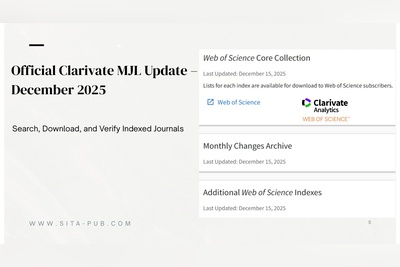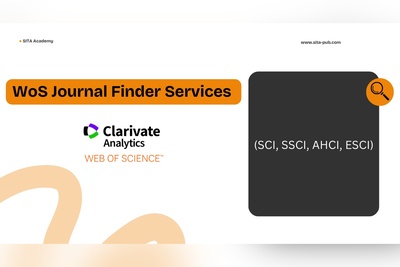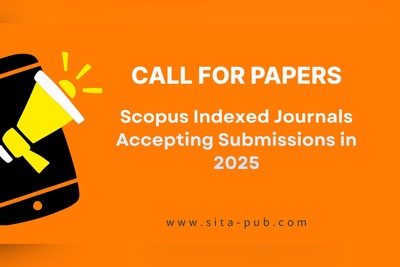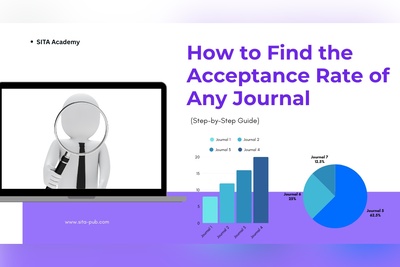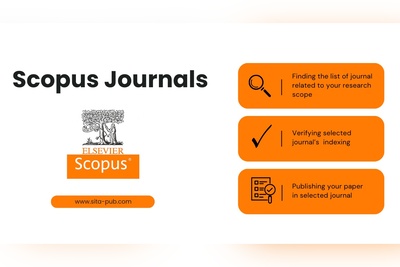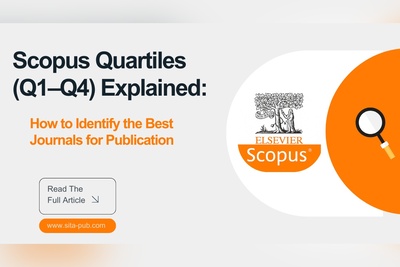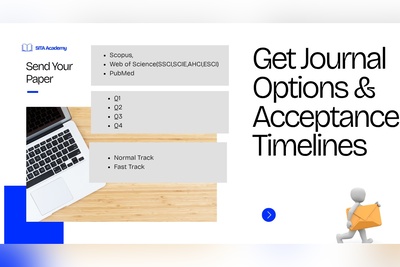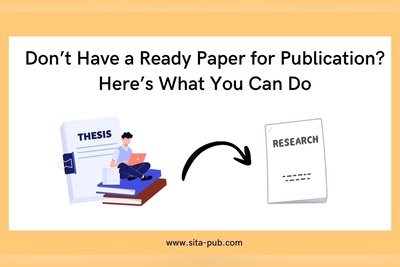Do not send your research to a new journal before you’re sure! | Resubmission tips
Did you receive a rejection email? Looking for a successful second publication in a new journal? This article helps you understand rejection reasons, improve your manuscript, and increase your chances of acceptance.
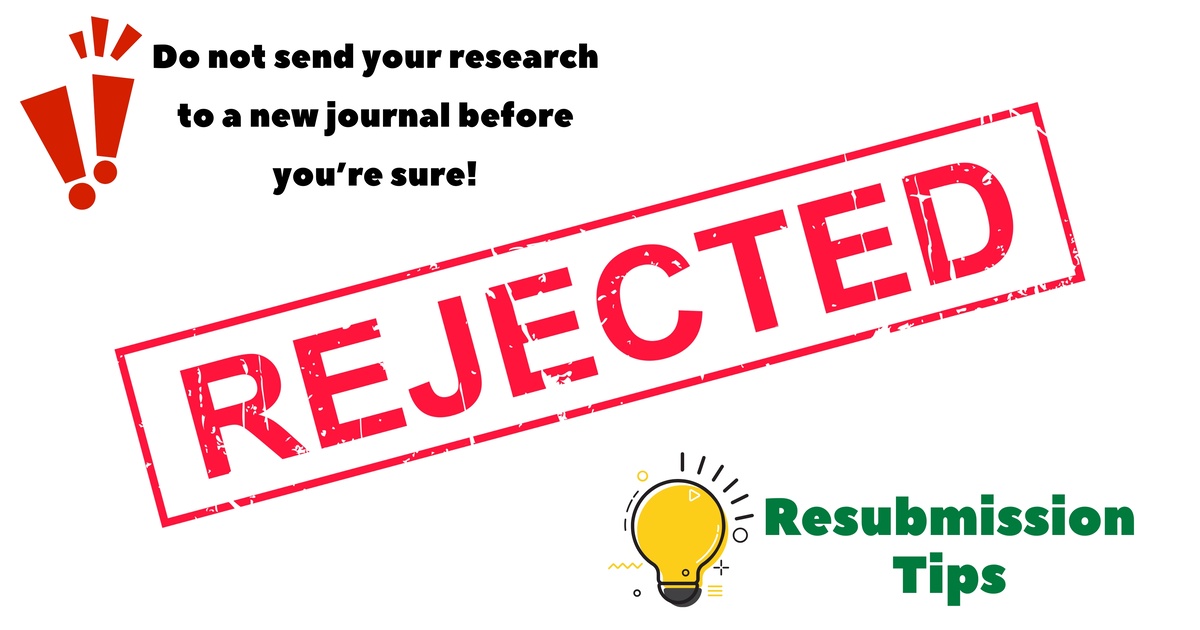
Submitting a research paper is both exciting and nerve-wracking. After months or even years of work, getting a rejection can feel discouraging. However, rejection is often a stepping stone, not a dead end. The key is understanding why your paper was rejected and how to approach resubmission strategically. One crucial rule every researcher should follow is: do not send your research to a new journal before you are sure it’s the right fit.
This article will guide you through four main steps to maximize your chances of a successful resubmission: understanding the reason for rejection, improving your manuscript, evaluating new journals carefully, and practical resubmission tips.
1. Understanding the Reason for Rejection
Before rushing to submit to a different journal, it is essential to understand why your paper was rejected. Journals usually provide reviewer comments or a general rejection letter. Carefully reviewing these can save you time and improve your next submission.
Common reasons for rejection include:
Reason for Rejection | Explanation | Sample Rejection Email |
Scope mismatch | The research topic does not align with the journal’s focus. | “After careful consideration, we regret to inform you that your manuscript does not fall within the scope of our journal. We encourage you to submit to a journal more closely aligned with your research topic.” |
Poor presentation | Clarity, organization, or writing quality is lacking. | “The reviewers noted that the manuscript is difficult to follow due to unclear explanations and inconsistent organization. We recommend substantial revisions for clarity before submitting elsewhere.” |
Insufficient novelty | The study does not provide enough new insights. | “While your study is well-conducted, the reviewers concluded that the findings do not provide sufficient novelty or contribution to the field. Consider revising and highlighting unique aspects before resubmission.” |
Methodological issues | Problems with study design, data analysis, or interpretation. | “The reviewers identified significant methodological concerns, including sample size limitations and unclear statistical analyses. These issues prevent the manuscript from meeting the journal’s standards.” |
Formatting or guideline errors | The manuscript does not follow journal formatting rules. | “Your manuscript does not adhere to the journal’s formatting requirements, including references and figure formats. We are unable to consider it in its current form.” |
High similarity index | The manuscript contains sections too similar to previously published work. | “Our plagiarism screening indicated that sections of your manuscript have a high similarity index with previously published work. Please ensure originality and proper citation before submitting elsewhere.” |
Practical tips:
Highlight reviewer comments and categorize them into major issues and minor issues.
Avoid emotional reactions; treat rejection as constructive feedback.
Discuss the feedback with your supervisor or colleagues—they may spot things you missed.
For similarity issues, use tools like Turnitin or iThenticate to check your manuscript before resubmission.
Understanding the reason for rejection allows you to fix real problems, rather than blindly submitting to another journal, which could result in another rejection.
2. How to Improve the Chance for a Second Successful Submission
Once you know why your paper was rejected, the next step is improving the manuscript. A strategic revision can dramatically increase your chances of acceptance.
Step-by-step guide:
Revise the content: Address every major reviewer comment. Strengthen weak arguments and clarify confusing sections.
Check data and methods: Ensure your results are accurate and your methodology is well-documented.
Enhance readability: Use clear, concise language. Consider professional editing or peer proofreading.
Update literature review: Incorporate recent studies to show your research is current.
Format properly: Follow the target journal’s submission guidelines for references, tables, and figures.
Practical tip: Keep a revision checklist: for each comment, note how you addressed it. This not only helps you track improvements but is also useful when responding to reviewers later.
Sample Revision Checklist for Resubmission
1. Reviewer Comments
Highlight all major and minor reviewer comments.
Create a table mapping each comment to your response or revision.
Ensure you address every point raised by reviewers.
2. Content and Structure
Clarify unclear sections or arguments.
Strengthen introduction and conclusion.
Add or update references to include recent studies.
Ensure logical flow between sections.
3. Methodology and Data
Verify accuracy of data and calculations.
Improve explanation of study design, methods, and analysis.
Add additional experiments or analysis if needed.
4. Originality and Plagiarism
Run the manuscript through a similarity checker (e.g., Turnitin or iThenticate).
Rephrase or properly cite overlapping content.
Ensure the manuscript presents new insights or contributions.
5. Formatting and Style
Follow the target journal’s formatting guidelines (references, headings, tables, figures).
Check word count and section requirements.
Review figure and table quality (resolution, labels, captions).
Use consistent font, numbering, and style throughout.
6. Language and Readability
Proofread for grammar, spelling, and punctuation.
Simplify complex sentences.
Consider professional editing or peer proofreading if needed.
7. Cover Letter and Response Letter
Draft a polite, concise cover letter highlighting key improvements.
Prepare a response letter addressing reviewer comments point by point.
Include explanations for any suggestions you could not implement.
8. Final Checks
Ensure all supplementary files are included.
Confirm all references are accurate and complete.
Double-check tables, figures, and captions.
Verify manuscript file format matches journal requirements.
3. Do Not Send Your Research to a New Journal Before You’re Sure About:
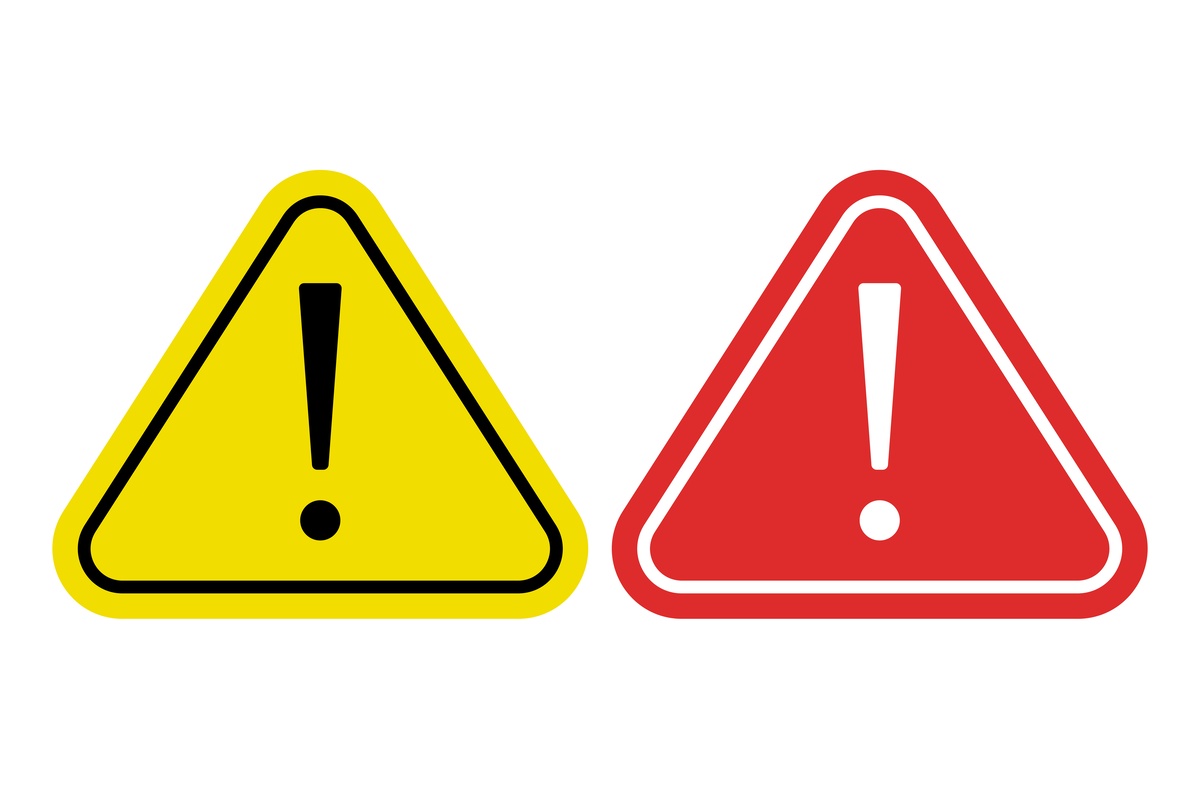
Jumping to a new journal without preparation is a common mistake. Before submitting again, consider these factors:
a) Journal Scope:
Read the journal’s aims and scope carefully.
Review recent publications to see if your topic aligns.
b) Indexing and Reputation:
Check if the journal is indexed in Scopus, Web of Science, or other relevant databases.
Avoid predatory journals, which may promise fast publication but harm your reputation.
c) Acceptance Rates and Review Times:
Some journals are extremely selective, while others have long review processes.
Choose a journal with a realistic chance of acceptance within your timeline.
d) Open Access or Fees:
Understand publication fees, if any.
Decide whether open access is necessary for your work.
Practical tip: Create a shortlist of 2–3 suitable journals and compare them based on scope, indexing, reputation, and fees before submitting.
4. Resubmission Tips
When you are ready to resubmit, following a clear plan can improve your chances of acceptance:

1. Write a detailed response to reviewers
Explain how you addressed each comment.
Be polite, professional, and concise.
If you disagree with a reviewer, explain your reasoning respectfully.
2. Highlight major improvements
Include a summary of changes in your cover letter.
Emphasize strengthened methodology, updated references, or clarified results.
3. Ensure formatting compliance
Each journal has strict formatting requirements; failing to follow them can delay review.
Pay attention to references, figure formats, and word limits.
4. Double-check supplementary materials
Tables, figures, and datasets should be complete and properly labeled.
Ensure any appendices or supplemental files are included.
5. Be patient and professional
Avoid resubmitting too quickly to multiple journals simultaneously.
Respect the editorial process; rushing may backfire.
Resubmission Assistance at SITA Academy
Rejection is a natural part of academic publishing, but it doesn’t have to be discouraging. By understanding the reason for rejection, carefully revising your paper, choosing the right journal, and following practical resubmission tips, you can significantly increase your chances of acceptance.
SITA Academy helps you publish your paper in a journal with a high chance of acceptance. If your paper is rejected, don’t worry—we will assist you in finding a better journal match, and guide you through formatting and submitting your manuscript for resubmission.
Our Services
1. Finding the Best Journal Match
We help identify journals that align with your research topic and meet your required indexing (Scopus, SCI, etc.), maximizing your chances of acceptance.
2. Formatting Your Paper
Our team ensures your manuscript adheres to the journal’s guidelines, including structure, references, tables, figures, and overall formatting.
3. Submitting Your Paper
We assist with the entire submission process, including uploading your files, to ensure a smooth and professional submission.
Verified Contact Channels
If you have any questions, inquiries, or would like to learn more about our services, please don't hesitate to reach out to us. Our dedicated team is ready to assist you.






